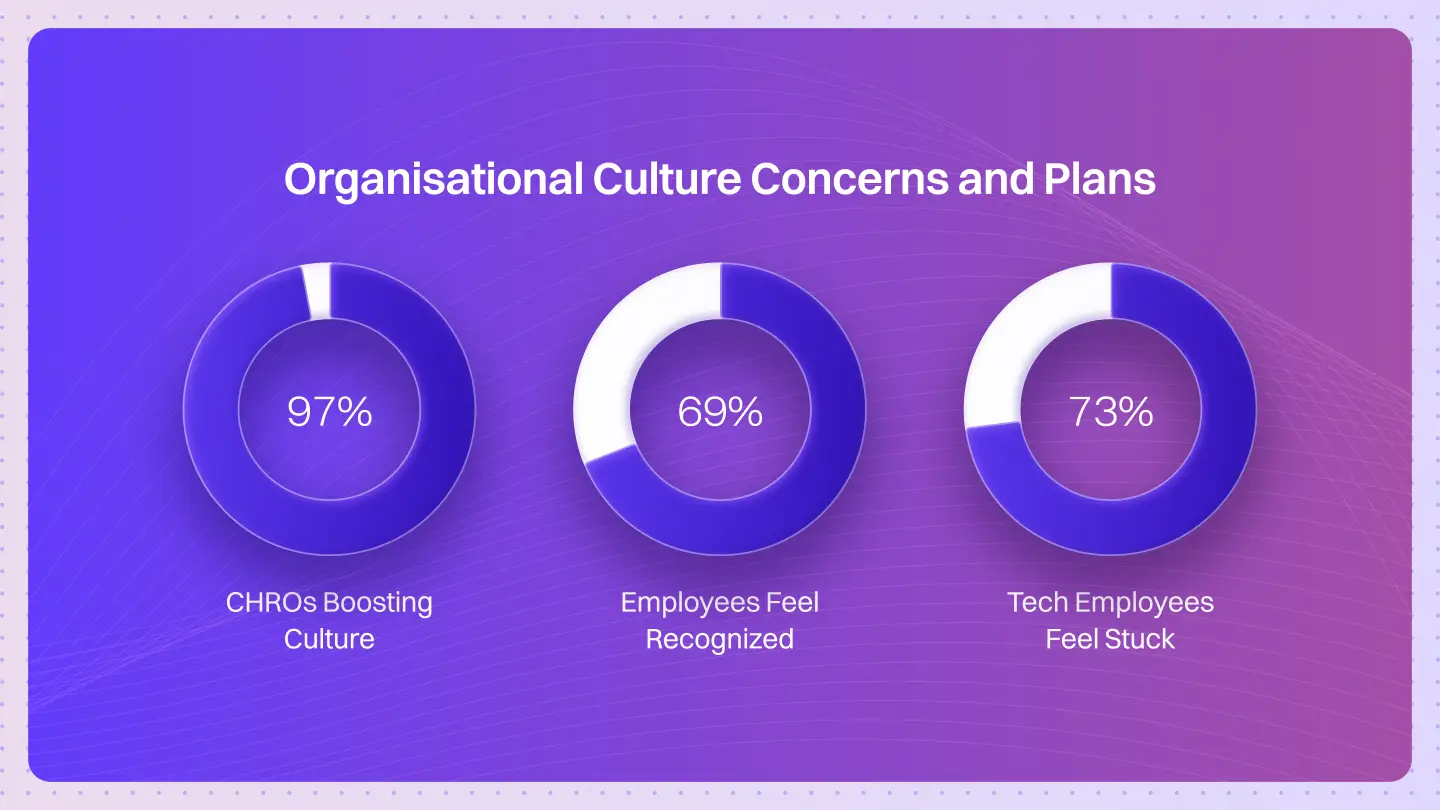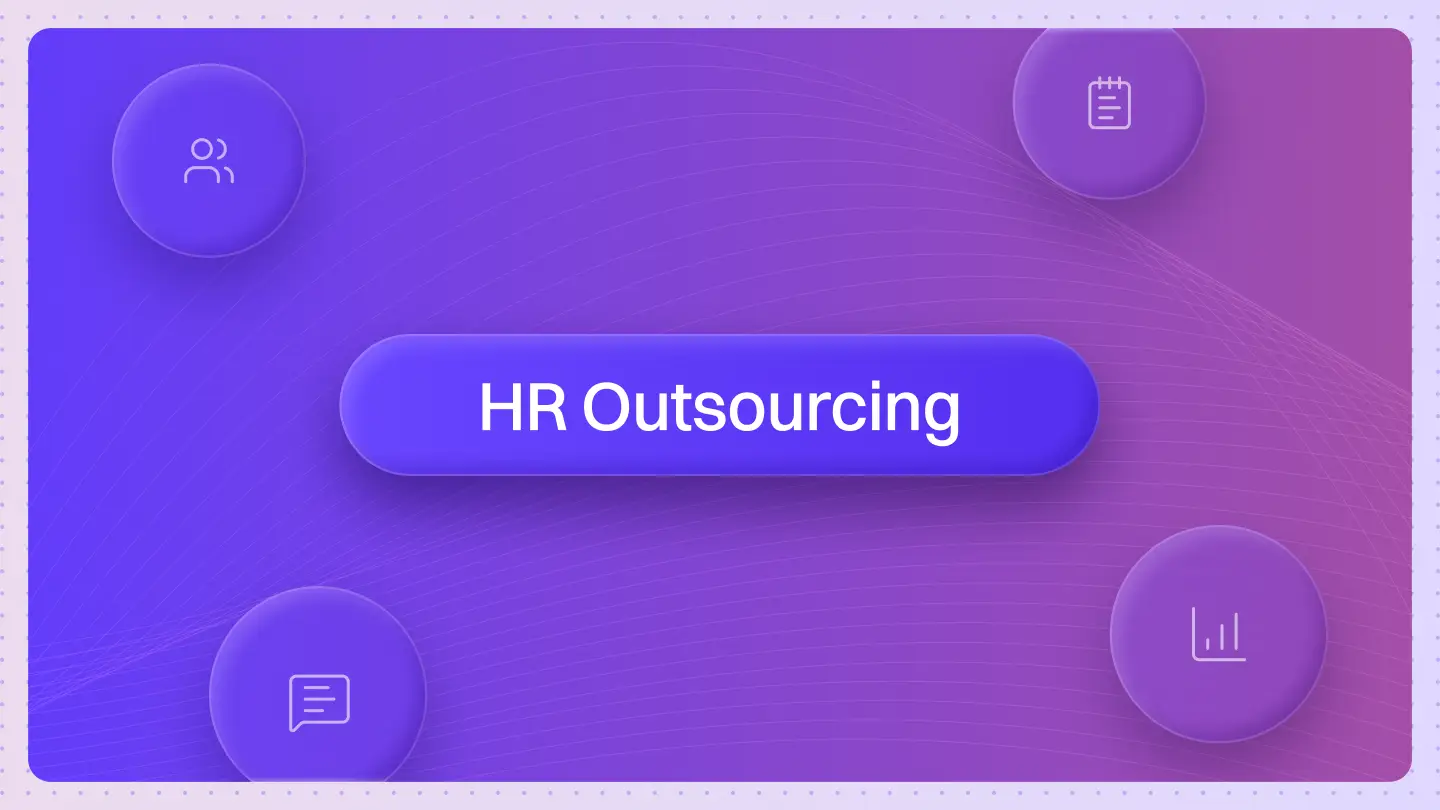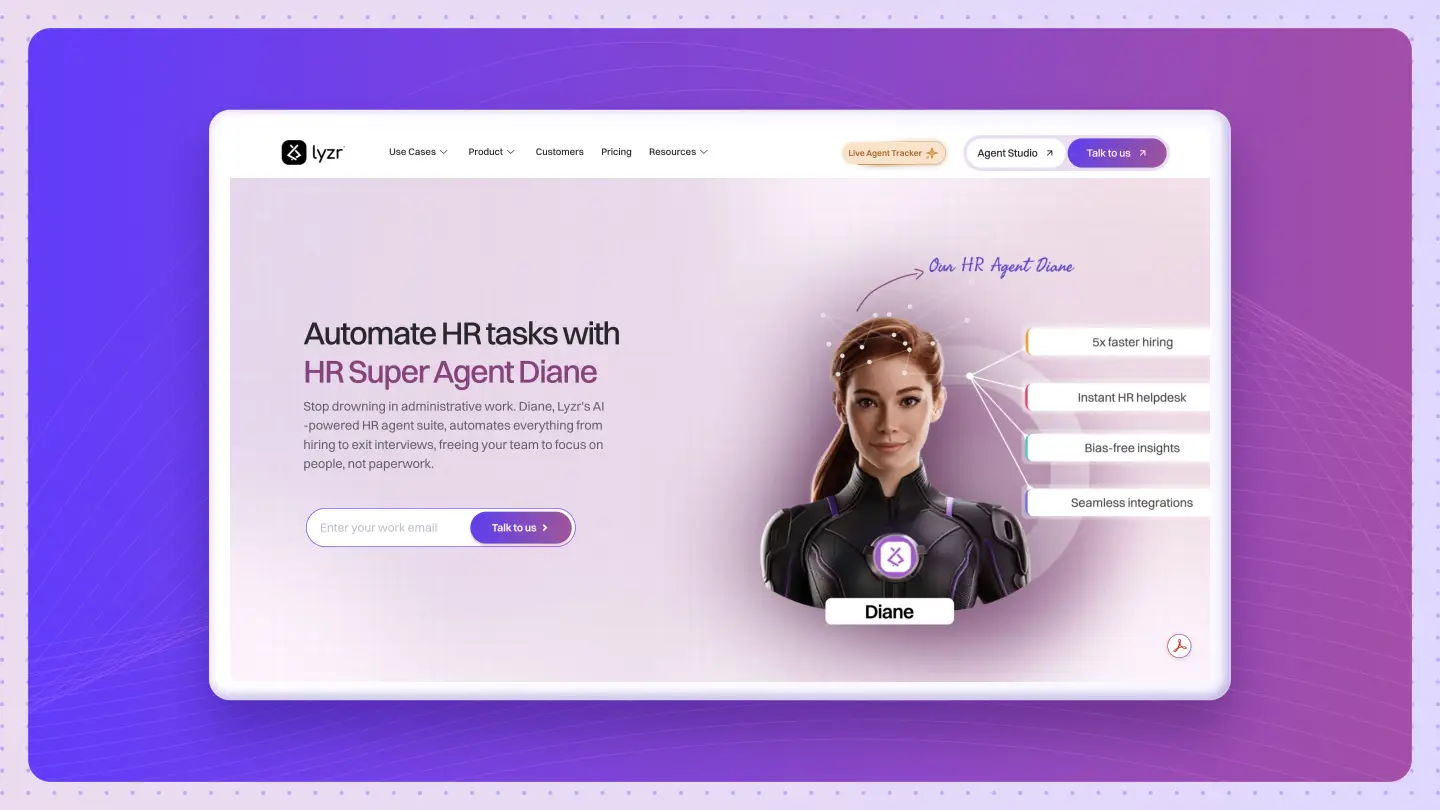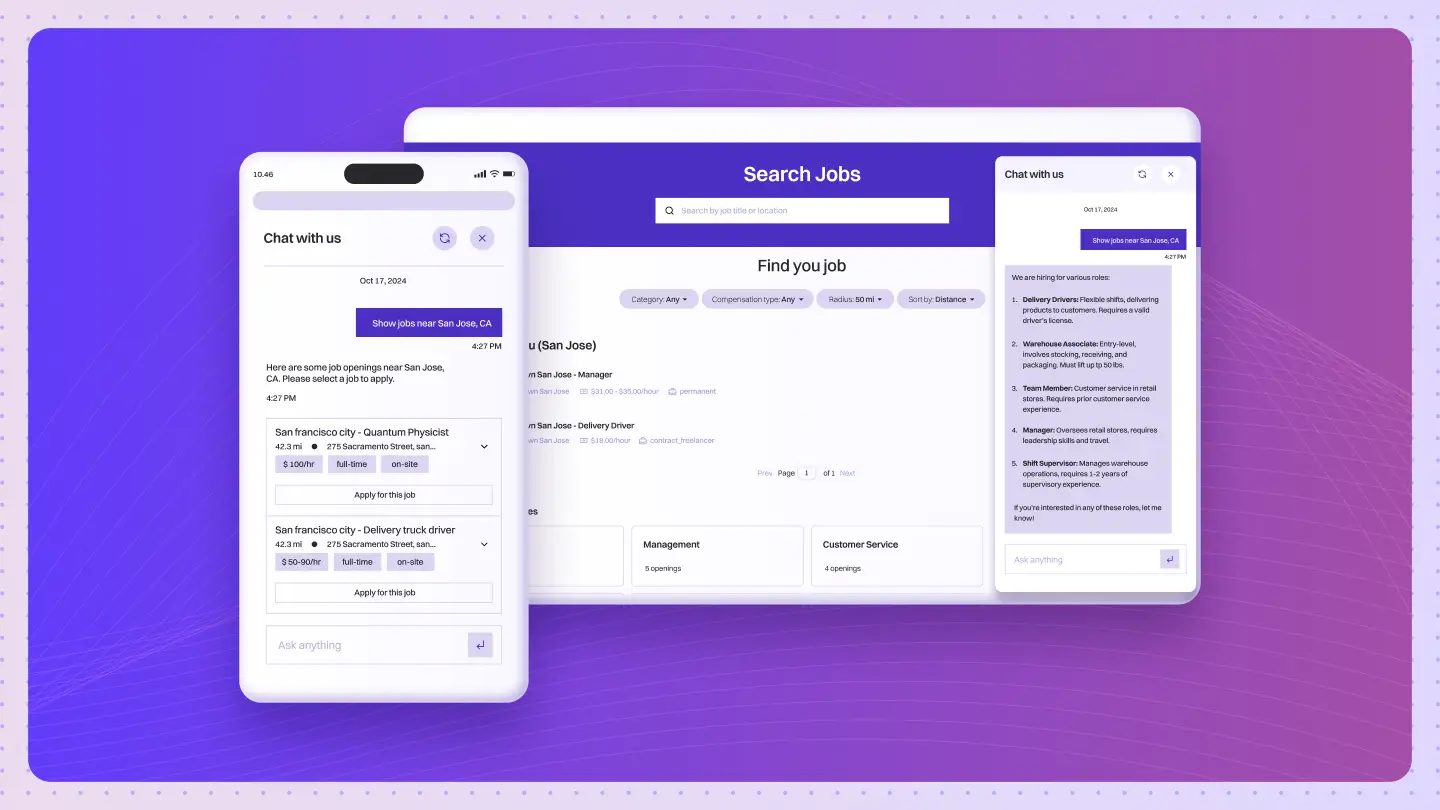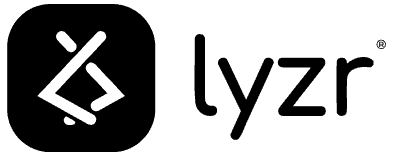Table of Contents
ToggleEvery January, the reports land. ‘The Top 5 HR Trends for 2025.’ ‘The Future of Work is Here.’ And your strategic plan quickly becomes a checklist of disconnected initiatives.
It’s a familiar, almost comforting, ritual in the world of HR and leadership to explore trends such as HR Trends 2025.
You’re told to focus on manager development, so you design a new training program. Then comes strategic workforce planning, so you buy a new forecasting tool. Then it’s all about AI implementation, so you launch a pilot project.
Each one is a separate, frantic sprint.
You are building a skyscraper, one floor at a time, based on the trend of the year. But there is no central blueprint. There is no steel frame holding it all together. And you wonder why the whole structure feels so unstable.
The conventional answer, the one that gets nods in boardrooms, is that this approach is pragmatic. “Focus on one thing, do it well, then move to the next.” It feels manageable. It gives the illusion of progress. It’s also, if we are being honest, a great way to guarantee you’re always one step behind.
But what if this approach isn’t just slow?
What if it’s fundamentally wrong?
What if fixing your ‘manager problem’ is impossible without first fixing your ‘data problem’?
What if your expensive new HR tech fails because you never addressed your ‘workflow problem’?
This article isn’t another list of HR trends. You’ve read those. This is an argument for a radical shift in perspective. The problem isn’t the individual trends. The problem is that you are trying to solve them all with a broken, manual operating system. And you simply can’t.

The Unwinnable Game of Chasing Disconnected Floors
The data from 2025 is not just pointing to new priorities; it is exposing deep, systemic cracks in our current model of work. By treating each trend as a separate project, each a wobbly, disconnected floor on our skyscraper, we are not just being inefficient.
We are actively building failure into our strategy.
Your Managers Are Drowning

Let’s start with the number one floor everyone is trying to build: leader and manager development. The data is, frankly, alarming:
- A staggering 75% of HR leaders believe their managers are overwhelmed by the growing complexity of their jobs.
- To make matters worse, 70% report that their current leadership programs are not preparing managers for the future of work.
- SHRM research echoes this, with about a third of workers reporting poor management.
We pour money into leadership training, but it’s like sending a world-class architect to a construction site with no tools and a mountain of paperwork. That new training module on ’empathetic listening’ is lovely, but it doesn’t help them approve 45 expense reports stuck in a broken workflow.
The training is useless because the manager’s operating reality is broken.
They are drowning in administrative tasks, chasing approvals, and manually compiling data for performance reviews. You cannot train your way out of a broken system.
Your Strategic Planning Isn’t Strategic
Next, let’s look at the floor labeled strategic workforce planning. Sounds important, right?
And it is. With generative AI expected to accelerate skill changes by up to 68% by 2030, planning for future talent needs is critical.
Yet, the execution is a disaster. Look at the numbers:
- Gartner finds that only 15% of companies engage in genuine strategic workforce planning.
- A McKinsey report is even more specific, noting that in the United States, only 12% of HR leaders say they do strategic planning with at least a three-year focus.
We talk about ‘future-proofing’ our talent, but our planning is based on last year’s headcount in a spreadsheet. It’s like trying to navigate a highway by looking only in the rearview mirror.
This isn’t a planning failure. It’s an intelligence failure. The data we need is siloed across a dozen systems, and by the time we manually assemble it, it’s already out of date.
Your HR Tech Is Just More Work
This brings us to the technology itself, the very thing that was meant to solve all this. The reality? It’s a bitter pill to swallow.
55% of HR leaders report their current technologies do not meet evolving business needs. And 51% admit they cannot even measure the ROI of their technology investments.
We buy technology to save time, yet our teams are drowning in manual data entry, calendar chaos, and chasing forms. It is the digital equivalent of buying a faster horse. So why are we surprised it can’t win a Formula 1 race?
The tech isn’t the problem. The lack of an intelligent, automated layer that connects all our tech is the problem. This leads to a vicious cycle of failed implementations, budget overruns, and employee resistance, as detailed in our analysis of Workday alternatives.
This fragmented approach isn’t just frustrating. It creates two completely different, competing realities for how HR can function. Let’s put them side-by-side.
| Dimension | The Trend-Chasing Trap (The Old Way) | The Autonomous Engine (The New Way) |
| Strategy | Reactive, siloed, annual planning cycle. | Proactive, integrated, continuous intelligence. |
| Technology | Disconnected point solutions for each “trend.” | A unified agent framework acting as a central nervous system. |
| Data | Historical, siloed, and used for reporting. | Real-time, unified, and used for prediction and automation. |
| Metrics | Activity-based (e.g., training hours completed). | Outcome-based (e.g., reduction in time-to-productivity). |
| Outcome | Change fatigue, manager burnout, wasted investment. | Agility, strategic capacity, measurable ROI. |
You Don’t Have a Trend Problem. You Have an OS Problem.
Let’s be direct. The reason your initiatives fail is not because they are bad ideas. It’s because you are trying to run 2025 software on a 1995 operating system.
All the issues we’ve discussed, from overwhelmed managers to flawed planning and failed tech, are just symptoms. They all point back to a single root cause.
Your HR function lacks an intelligent, autonomous core. It’s a collection of disconnected parts trying to function as a whole, and the friction is causing the entire machine to overheat.
The Goal Isn’t a Better Checklist
The goal is not to get better at chasing trends. The goal is to build an engine that makes most of those ‘trends’ irrelevant.
An engine that provides what Deloitte calls ‘stagility’: the stability that comes from intelligent automation, which in turn creates the capacity for true strategic agility. This is the new mental model.
From Administrator to Architect
This isn’t about buying another piece of software. It is about a new way of working.
McKinsey’s 2025 outlook calls for a people operating model that is ‘more personal, more tech, more human’. This is only possible when you automate the administrative work that currently suffocates your HR team. You need to free them to be the strategic architects they were hired to be.
The Next Trap: Shiny AI Silos
And now, with the rise of artificial intelligence, we are about to make the same mistake all over again, only on a much grander scale. Sound familiar?
The market is flooded with point solutions: ‘AI for recruiting’, ‘AI for performance management’, ‘AI for L&D’. Leaders following the old playbook will buy these tools to solve individual problems. They will create shiny, expensive new AI silos that still do not talk to each other.
The real winners will not just buy AI. They will build an intelligent, autonomous system with it. They will invest in the underlying framework, the steel frame, that allows AI agents to reason, plan, and collaborate across the entire organization.
This is a platform play, not a product play.

Building Your Autonomous HR Engine
So, what does this new operating system look like in practice? It is not a single, monolithic platform. It is a flexible, intelligent ecosystem of autonomous agents, each designed to manage an entire function, not just a single task.
From Manual Process to Autonomous Workflow
Imagine a world where your HR processes run themselves, intelligently and efficiently, freeing your human team to focus on what they do best: strategy, culture, and connection.
This is not science fiction. This is what an agent-based approach, powered by a Super Agent suite like Diane, enables.
- For Hiring: A process notorious for delays and manual work. Instead of a recruiter sifting through resumes, Diane acts as your AI Hiring Assistant. She screens candidates 4x faster, identifies the best matches, and reduces recruitment costs by 30%. She can then schedule interviews and even conduct initial voice screenings, reducing time-to-hire by 40%. Your human recruiter is freed from the administrative grind to focus on engaging and closing top talent.
- For Onboarding: A chaotic, paper-based first week becomes a seamless day-one experience. Diane functions as your Employee Onboarding Agent, autonomously automating IT provisioning, document submission, and answering new hire questions 24/7.
- For Employee Support: Your HR Business Partners, who are constantly bombarded with repetitive policy questions, are liberated. Diane, as your HR Helpdesk Agent, deflects up to 90% of routine queries, providing instant, accurate answers around the clock.
The Compounding ROI of a Unified System
The real power of this model is not just in the efficiency of individual functions. It is in how Diane’s agents connect and share intelligence. This creates a compounding return on investment that siloed solutions can never achieve.
Watch how enterprises are already building their autonomous HR engines using Lyzr’s agent framework:
The skills data captured by Diane’s hiring function automatically informs the personalized learning paths suggested by her L&D function. The sentiment data analyzed by the helpdesk function provides predictive insights for the Exit Interview Agent, helping you understand the root causes of attrition before it is too late.
This is not incremental improvement. This is a step-change in how HR operates.
We are talking about a 5x faster hiring cycle, a 70% reduction in operational costs for functions like the helpdesk, and a 60-70% reduction in total cost of ownership compared to legacy systems. You are no longer just managing processes; you are building an intelligent, self-optimizing system for your entire workforce.
Diane: Your Autonomous HR Engine
You’ve built the wobbly skyscraper. The goal is to build the autonomous engine, the steel frame, that holds it all together.
That engine is Diane, Lyzr’s AI-powered HR agent suite.
Diane is not “another chatbot” with templated responses. She is a full-stack system of modular, autonomous agents. These agents think, work, and collaborate across the entire employee lifecycle, from the first interview to the exit interview.
The Steel Frame She’s Built On
A powerful engine needs a trusted, enterprise-grade chassis. Diane is powered by the Lyzr agent framework.
Lyzr is not another HRIS. It provides the modular, scalable, and secure foundation that makes Diane possible. It is the steel frame.
This enterprise-grade platform gives you total control, with on-premise or cloud deployment options and a rock-solid security posture including SOC2 and ISO27001 compliance. You get full control over your data and your AI strategy.
Activate Your Autonomous Workforce Today
The best part? You don’t have to boil the ocean. You can start solving your most painful problems immediately with Diane’s pre-built capabilities:
- Tired of slow hiring? Deploy the AI Hiring Assistant to slash your time-to-hire.
- HR team drowning in tickets? Launch the HR Helpdesk Agent to free your team from repetitive queries.
- Day-one chaos? Implement the Employee Onboarding Agent for a world-class new hire experience.
- Losing good people? Use the Exit Interview Agent to finally understand why.
For your company’s unique challenges, our Agent Studio allows your teams to rapidly prototype and deploy custom agents, moving from an idea to a production-ready solution in hours, not months.
Your Next Logical Step
The most important HR trend for 2025 is not on any list. It is the fundamental shift away from chasing trends and toward building a single, intelligent system of action.
Stop adding disconnected floors to a weak foundation. It is time to install the steel frame.
Your journey does not start with a massive, multi-year transformation project. It starts by identifying the single, high-friction process that wastes the most time and deploying an autonomous agent to solve it.
See how Diane can solve your biggest HR challenges in our HR Automation Playbook, or book a demo to see the autonomous engine in action.
Frequently Asked Questions
1. Will Diane replace my HR staff?
No. Diane replaces the work, not the people. She automates the repetitive, low-value administrative tasks that consume up to 80% of your team’s time. This frees your HR professionals to become the strategic architects you hired them to be, focusing on culture, leadership, and complex employee relations.
2. Is Diane just another HR chatbot?
A chatbot follows a script. Diane is an autonomous agent. A chatbot can find an answer in a knowledge base. Diane can get work done. She reasons, plans, and executes complex, multi-step tasks across different applications, like orchestrating an entire onboarding process from start to finish.
3. Is it safe to give Diane my sensitive employee data?
Yes. Diane is built on Lyzr’s enterprise-grade platform, which is designed for high-security environments. We are SOC2, ISO27001, and GDPR compliant and offer flexible deployment, including in your own private cloud. You maintain full control over your data.
4. What is the real ROI of an AI HR agent?
The ROI is rapid and multi-layered. You get immediate operational cost savings from automated tasks. You get massive productivity gains from accelerated processes, like a 5x faster hiring cycle. And you get measurable improvements in employee retention by creating a better, more responsive experience. Our case studies show significant benefits.
5. Does Diane work with Workday, SAP, or our other systems?
Yes. Diane is built to be the intelligent layer that connects your entire tech stack. She integrates seamlessly with major HRIS like Workday and SAP, your ATS, and the communication tools your team lives in, like Slack and Microsoft Teams. She doesn’t replace your core systems; she makes them actually work together.
6. How long does it take to implement Diane?
We believe in demonstrating value in days, not months. You can start with a single, pre-built function, like the HR Helpdesk Agent, and have it running in hours. With our Agent Studio, you can move from an idea to a production-ready custom agent in a fraction of the time of traditional development.
7. Do I need an AI team to use Diane?
No. You don’t need to be an AI expert; you need to be an HR expert. You provide the process knowledge, and Diane provides the autonomous engine. You can start immediately with our extensive library of over 15+ specialized HR agents, no coding required.
8. What if Diane makes a mistake or “hallucinates”?
The Lyzr platform is built with a multi-layered defense against this. Our framework includes a built-in hallucination manager, reflection modules that verify outputs, and human-in-the-loop oversight for critical decisions. This ensures Diane delivers reliable and trustworthy results you can trace back to the source.
9. Can I just buy one part of Diane, or do I have to start small?
You can and should start small. The modular nature of Diane is her greatest strength. Solve your most painful problem first. Deploy the AI Hiring Assistant this quarter, and use the ROI to fund the Onboarding Agent next quarter. You can scale at the pace that makes sense for your budget.
10. Why is Diane better than other AI HR tools?
Other tools are point solutions that automate a single task. Diane is a super agent suite built to automate an entire function. Her modular agents can collaborate and share intelligence, creating a compounding effect on efficiency that isolated tools cannot match. Other tools are a faster horse; Diane is the full autonomous engine.
Book A Demo: Click Here
Join our Slack: Click Here
Link to our GitHub: Click Here

